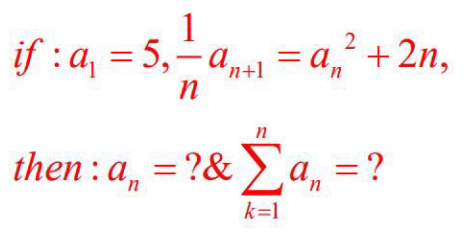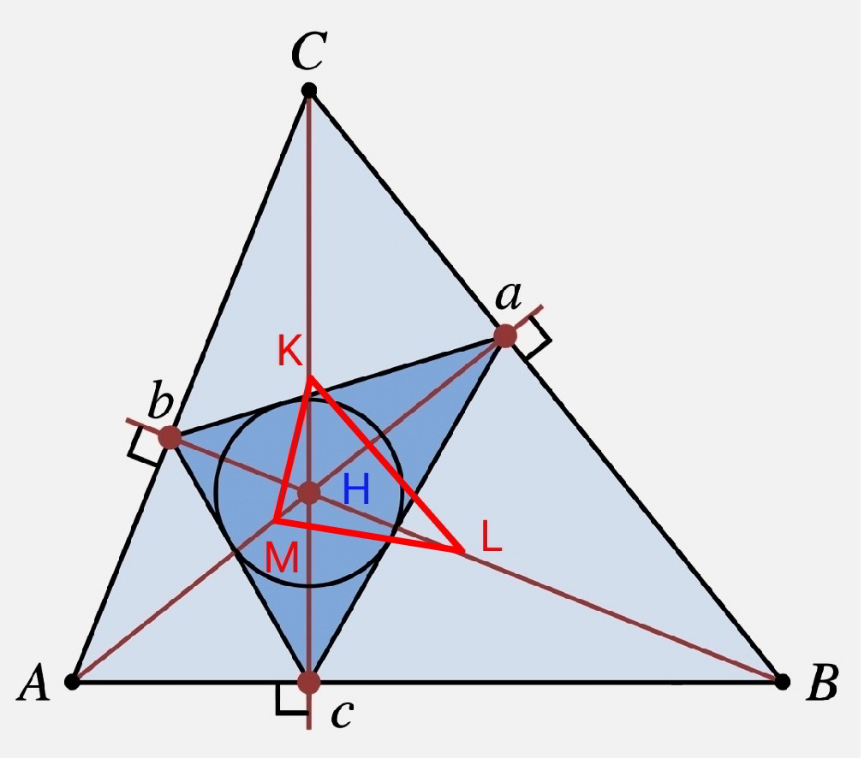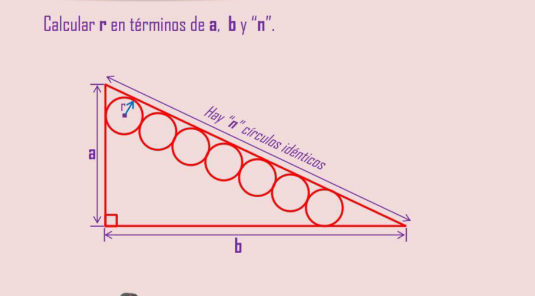
AllQuestion and Answers: Page 505
Question Number 169013 Answers: 2 Comments: 1

Question Number 169009 Answers: 1 Comments: 10

Question Number 169004 Answers: 1 Comments: 3
Question Number 169000 Answers: 1 Comments: 0

Question Number 168982 Answers: 1 Comments: 1

Question Number 168980 Answers: 0 Comments: 7

Question Number 168979 Answers: 0 Comments: 0
Question Number 168978 Answers: 1 Comments: 0
Question Number 168977 Answers: 0 Comments: 0
Question Number 168952 Answers: 1 Comments: 0

Question Number 168948 Answers: 1 Comments: 0

Question Number 168946 Answers: 2 Comments: 1

Question Number 168942 Answers: 0 Comments: 2

Question Number 168956 Answers: 4 Comments: 0
Question Number 168937 Answers: 1 Comments: 0
Question Number 168968 Answers: 0 Comments: 0

Question Number 168966 Answers: 2 Comments: 0
Question Number 168964 Answers: 2 Comments: 0
Question Number 168926 Answers: 2 Comments: 2

Question Number 168921 Answers: 1 Comments: 0

Question Number 168911 Answers: 1 Comments: 1

Question Number 168910 Answers: 0 Comments: 3
Question Number 168909 Answers: 0 Comments: 1
Question Number 168906 Answers: 1 Comments: 0

Question Number 168905 Answers: 1 Comments: 0

Question Number 168898 Answers: 1 Comments: 0

Pg 500 Pg 501 Pg 502 Pg 503 Pg 504 Pg 505 Pg 506 Pg 507 Pg 508 Pg 509
